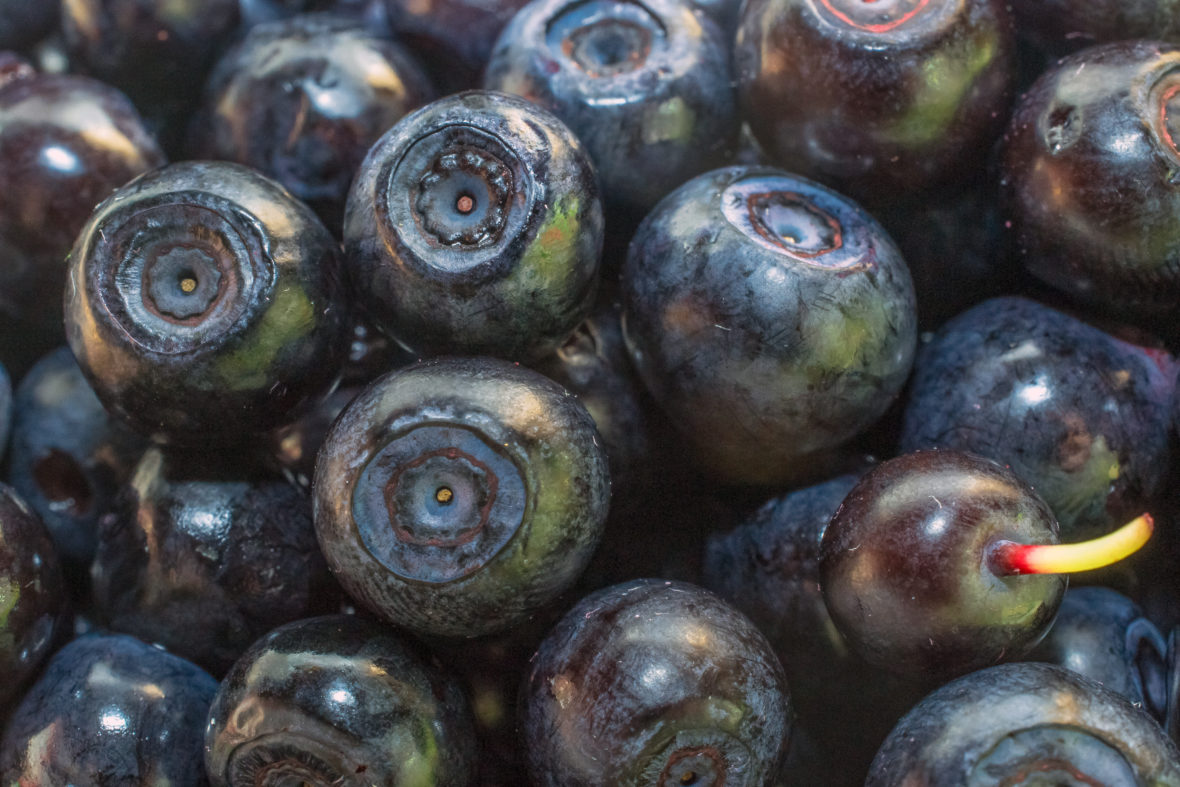Bilberries are any of several primarily Eurasian species of low-growing shrubs in the genus Vaccinium, bearing edible, nearly black berries. The species most often referred to is Vaccinium myrtillus L., but there are several other closely related species. Take a look below for 25 more fun and interesting facts about bilberries.
1. The name bilberry seems to have a Scandinavian origin, possibly from as early as 1577, being similar to the Danish word “bolle” for whortleberry with the addition of “berry.”
2. The bilberry is also known by a number of other English names including “blaeberry” in Scotland, “whortleberry” in southern England and “whimberry” in south Wales.
3. Bilberries, which are native to Europe, are different from North American blueberries, although the species are closely related and belong to the same genus.
4. Bilberry fruits have a smooth, circular outline at the end opposite the stalk, whereas blueberries retain persistent sepals there, leaving a rough, star-shaped pattern of five flaps.
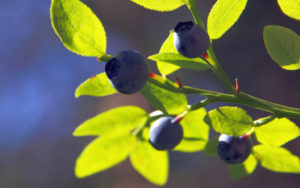
5. Bilberries grow singly or in pairs rather than in clusters, as blueberries do, and blueberries have more evergreen leaves.
6. Bilberries are dark in color, and usually appear near black with a slight shade of purple.
7. Bilberries and blueberries contain diverse anthocyanins, including delphinidin and cyanidin glycosides.
8. Bilberries are found in acidic, nutrient poor soils throughout the temperate and subarctic regions of the world. They are difficult to grow and the fruit is small, so they are seldom cultivated.
9. They grow in the form of low shrub that can reach 4 to 16 inches in height and 12 inches in width.
10. They have ovate or obovate leaves with rounded tips. They’re green colored and alternately arranged on the branches.
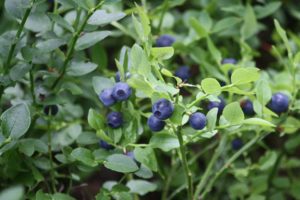
11. They produce white or pink, bell-shaped flowers. The flowers contain both types of reproductive organs.
12. Bilberries bloom from April to June. They attract bees, flies and butterflies, which are responsible for the pollination of the plant.
13. Bilberries are an important source of food for the birds and animals in the wild.
14. Bilberries can be consumed fresh, dried or in the form of jams, syrups, juices and various other sweet desserts.
15. They are used in the manufacture of liqueurs and to improve aroma of sorbets.
16. Syrup that was made of fresh bilberries and honey was used in the treatment of diarrhea during the 16th century in Europe. Berries were also used in the treatment of scurvy, infections and kidney stones. Tea made out of bilberry leaves was used in the treatment of diabetes.
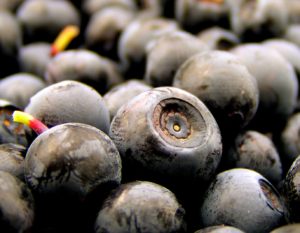
17. Medical studies showed that the substances isolated from bilberries improve the function of eyes and accelerate circulation of blood inside the retina.
18. They’re widely used in the treatment of ocular and circulatory disorders, atherosclerosis and varicose veins. They can be eaten fresh or in the form of capsules and liquid extracts.
19. Juice obtained from bilberries is used as edible ink for staining the meat. Green pigment extracted from the leaves is used as natural dye in the textile industry.
20. Bilberry is a perennial plant, which means that it can survive for more than 2 years in the wild.
21. Bilberries have been used in a variety of folklore and traditional medicine, but there are no proven health benefits or anti-disease effects from consuming them.
22. In Romania, bilberries are used as a base for a liqueur called “afinata”; the name of the fruit in Romanian is “afina.”
23. In Scandinavia, they’re eaten fresh or made into jams and other dishes, including bilberry pie.
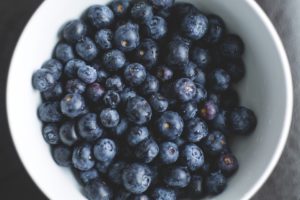
24. In Poland, bilberries are either eaten fresh, mixed with sugar, put into sweet buns as a filling or used to make jams that are known for their health benefits in the treatment of diarrhea.
25. In Ireland, the fruit is known as “fraughan,” from the Irish “fraochan,” and is traditionally gathered on the last Sunday in July, which is known as “Fraughan Sunday.”

